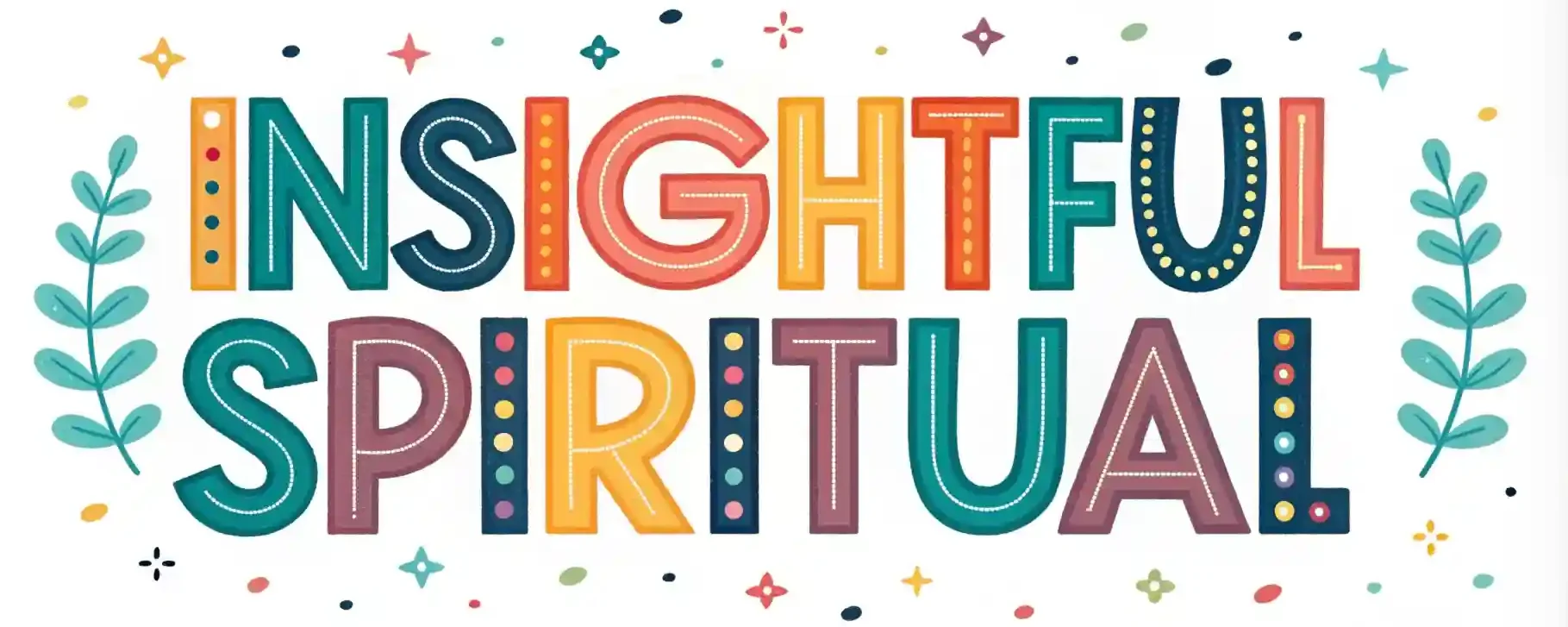The Biblical Significance of Grackle: A Guide to its Meaning
You’re likely familiar with the grackle’s striking appearance, but did you know it holds significant biblical meaning? Listed as an unclean bird in Leviticus 11, the grackle represents sin, uncleanness, and the unknown. But there’s more to this bird’s story.
Its dark feathers symbolize transformation, and its intelligence and adaptability speak to wisdom and resilience.
As you explore the grackle’s significance in ancient Jewish culture, you’ll begin to uncover a complex web of symbolism that raises questions about the nature of sin and redemption. What do these contradictions reveal about the grackle’s true significance?
Grackle Biblical Meaning In a Nutshell

- The grackle is considered an unclean bird in the Bible, forbidden for consumption in Leviticus 11, symbolizing sin and uncleanness.
- The grackle’s dark feathers represent the unknown, mysterious, and unexplored aspects of life, as well as transformation and change.
- The grackle’s scavenging nature and habitat destruction tendencies contribute to its unclean status, threatening natural balance and order.
- In biblical contexts, the grackle’s affinity for ravens reinforces its status as an unclean bird, unfit for human consumption, and a harbinger of chaos.
- The grackle’s presence serves as a reminder of the consequences of disobedience and the need for ritual purification to restore balance and harmony.
Grackle in Leviticus 11
As you plunge into the biblical meaning of the grackle, you’ll find that its history is deeply rooted in ancient texts.
In Leviticus 11, the grackle, a bird species belonging to the Icteridae family, is explicitly listed among the unclean birds forbidden for consumption, alongside other avian creatures deemed impure by Moses’ standards. This classification is fascinating, considering the grackle’s remarkable ability to thrive in various environments.
You might wonder why this bird, capable of adapting to different habitats, was deemed unfit for human consumption.
As you explore the grackle’s history, you’ll discover its impressive migratory patterns.
These birds are known to travel in large flocks, traversing vast distances in search of food and suitable breeding grounds. Their remarkable bird migration patterns are an attestation to their resilience and ability to survive in diverse environments.
Despite being deemed unclean, the grackle’s remarkable characteristics make it an intriguing subject of study.

Symbolism of Dark Feathers
Beyond its classification as an unclean bird, the grackle’s dark feathers hold significant symbolic meaning, inviting you to explore the deeper connotations associated with this striking plumage.
As you excavate into the symbolism of these dark feathers, you’ll discover a rich tapestry of meaning. The grackle’s dark beauty isn’t just aesthetically pleasing; it also represents the unknown, the mysterious, and the unexplored aspects of life.
These feathered enigmas embody the essence of the unknown, drawing you in with their intriguing, secretive nature.
The dark feathers of the grackle can be seen as a symbol of transformation, as they represent the shedding of old patterns and the emergence of new ones.
This feathered mystery invites you to confront the unknown within yourself, to embrace the darkness, and to allow it to transform you.
By exploring the symbolism of the grackle’s dark feathers, you’ll uncover the power of embracing the unknown, and the freedom that comes with it.
As you immerse yourself in this symbolic domain, you’ll begin to unravel the mysteries hidden within, and discover the transformative power of the grackle’s dark beauty.
Unclean Bird Characteristics
The grackle’s classification as an unclean bird is rooted in its characteristics, which are often seen as antithetical to the values of purity and cleanliness.
One of the primary reasons for this classification is the grackle’s scavenging nature, which is viewed as unclean. Its bird behavior of rummaging through trash and feasting on carrion is seen as a breach of cleanliness standards.
Additionally, the grackle’s habitat destruction tendencies, where it uproots plants and crops in search of food, contribute to its unclean status. These characteristics are seen as a threat to the natural balance and order, which is a fundamental aspect of purity and cleanliness.
As you probe deeper into the grackle’s nature, you’ll discover that its unclean characteristics aren’t just limited to its physical behavior, but also extend to its symbolic representation. The grackle’s unclean nature serves as a reminder of the importance of maintaining purity and cleanliness in all aspects of life.

Grackle’s Association With Raven
As you dig into the symbolic significance of the grackle, you’ll notice its intriguing association with the raven.
The grackle’s affinity for ravens is rooted in their shared scavenging instincts, a similarity that has led to the grackle being seen as a lesser, yet equally unclean, cousin of the raven in biblical symbolism.
This connection is further solidified by their comparable intelligence, with both birds exhibiting remarkable problem-solving abilities, often rivaling those of crow intelligence.
In bird mysticism, this shared intelligence is thought to symbolize adaptability and resilience.
In biblical contexts, the grackle’s ravensque nature reinforces its status as an unclean bird, unfit for human consumption.
This classification is rooted in the grackle’s scavenging habits, which are seen as impure and unholy.
While the raven is often depicted as a symbol of darkness and mystery, the grackle’s association with it taints its own symbolic meaning, linking it to themes of impurity and spiritual darkness.
As you explore the grackle’s biblical significance, it becomes clear that its connection to the raven is a defining aspect of its symbolism, influencing its perceived role in the spiritual domain.
Ancient Jewish Cultural Significance
In ancient Jewish culture, the grackle’s unclean status was further solidified by its perceived role as a harbinger of chaos and disorder, reflecting the community’s deep-seated fear of the unknown and the untamed.
As you explore into Hebrew traditions, you’ll discover that the grackle’s black plumage and loud, raspy calls were seen as ominous signs, foretelling darkness and destruction.
In Jewish folklore, the grackle was often depicted as a symbol of darkness, representing the forces of evil that threatened the community’s stability and order. Its presence was viewed as a warning, prompting the community to re-examine their moral compass and seek redemption.
You’ll notice that the grackle’s negative connotations were deeply rooted in the community’s fear of the unknown, and its perceived role as a disruptor of balance and harmony.
Sin and Uncleanness Defined
Through the lens of ancient Jewish scripture, sin and uncleanness are distinctly defined as transgressions against God’s laws, with the grackle’s unclean status serving as a tangible manifestation of these abstract concepts.
You’ll find that these transgressions can take many forms, from moral impurity to ritual defilement.
Within this framework, the grackle’s presence serves as a reminder of the consequences of disobedience.
In Leviticus, for instance, the grackle is listed among the unclean birds, emphasizing its connection to sin and uncleanness.
You see, the ancient Jews believed that moral impurity could be transmitted through contact with unclean animals, making ritual purification necessary to restore balance and harmony.
The grackle’s unclean status, then, serves as a symbol of the moral decay that results from disobedience to God’s laws.
God’s Plan for Humanity Revealed
God’s plan for humanity is revealed in the biblical narrative as a grand tapestry of redemption, where sin and uncleanness are confronted and overcome through divine intervention.
As you excavate into the scriptures, you’ll discover that this plan is multifaceted, with various threads weaving together to form a cohesive whole.
One of these threads is the appearance of mysterious omens, which serve as signs of divine intervention in human affairs.
These omens aren’t mere coincidences, but rather deliberate acts of God, guiding humanity towards redemption.
Through divine intervention, God confronts the darkness of sin and uncleanness, offering humanity a way out of the abyss.
You’ll find that this theme is repeated throughout the biblical narrative, from the patriarchs to the prophets, and ultimately, to the coming of Jesus Christ.
As you explore God’s plan, you’ll come to understand that it’s a story of love, redemption, and freedom – a narrative that offers humanity a chance to break free from the shackles of sin and uncleanness.
Grackle’s Role in Biblical Narrative
You’ll find that amidst the rich tapestry of biblical narrative, a peculiar creature emerges: the grackle, whose enigmatic appearances seem to punctuate pivotal moments in the story of humanity’s redemption.
As you excavate further, you’ll notice that the grackle’s role transcends mere ornithological curiosity. Its bird behavior, characterized by intelligence, adaptability, and social complexity, serves as a subtle yet powerful metaphor for humanity’s own journey.
In this context, the grackle can be seen as a Divine messenger, conveying profound truths about God’s plan for humanity.
Its appearances often coincide with moments of revelation, judgment, or deliverance, underscoring the bird’s symbolic significance.
By examining the grackle’s narrative presence, you’ll gain insight into the intricate web of biblical themes, including redemption, salvation, and the struggle between good and evil.
As you continue to explore the grackle’s role, you’ll come to appreciate the rich tapestry of symbolism woven throughout the biblical narrative, revealing the depth and complexity of God’s message to humanity.
Clean Vs Unclean Animals
Frequently, biblical scholars and enthusiasts alike find themselves pondering the significance of the clean versus unclean animal distinction, a categorization that plays a pivotal role in understanding the grackle’s symbolic importance within the biblical narrative.
You may wonder, what sets these categories apart? The answer lies in the characteristics and habits of the creatures themselves. In Leviticus 11 and Deuteronomy 14, the Bible outlines specific guidelines for distinguishing between clean and unclean animals. For birds, like the grackle, characteristics such as beak shape, wing structure, and feeding habits are key indicators.
When conducting a habitat analysis, you’ll notice that clean birds, like the grackle, tend to inhabit open spaces, whereas unclean birds often dwell in dark, confined areas.
The grackle’s omnivorous diet, which includes both seeds and insects, further solidifies its status as a clean bird.
Spiritual Implications of Grackle
As you explore into the spiritual implications of the grackle, it becomes apparent that this bird’s unique characteristics and habits hold profound significance for understanding biblical symbolism and metaphor.
You begin to see that the grackle’s iridescent feathers, which shimmer in the light, represent the spiritual awakening that occurs when one’s heart is open to receive divine guidance. Its intelligence and adaptability symbolize the ability to navigate life’s challenges with wisdom and resilience.
Moreover, the grackle’s behavior as a social bird, often gathering in large flocks, suggests the importance of community and collective growth in one’s spiritual journey.
Its role as a scavenger, cleaning up the environment, implies the need to release old patterns and habits that no longer serve us.
As you plunge further, you realize that the grackle is, fundamentally, a Divine messenger, urging you to let go of the old and embrace the new, to awaken to your true potential, and to trust in the guidance of the universe.
Understanding Levitical Laws
The Levitical laws, codified in the book of Leviticus, provide a rich tapestry of symbolism and metaphor that, when deciphered, reveals the grackle’s presence as a harbinger of spiritual transformation and renewal.
As you plunge into the intricacies of these laws, you’ll discover that they offer a framework for understanding the grackle’s role in biblical narrative.
Law interpretations, in this framework, become vital in unraveling the symbolic significance of the grackle.
You’ll find that the Priestly duties outlined in Leviticus, particularly those related to purification and atonement, hold keys to understanding the grackle’s presence.
By examining the rituals and sacrifices prescribed in Leviticus, you’ll begin to see how the grackle’s appearance might signal a call to spiritual purification and renewal.
As you continue to explore the Levitical laws, you’ll uncover a deeper understanding of the grackle’s role in facilitating spiritual growth and transformation.
Grackle in Modern Christian Context
The grackle’s symbolic significance, rooted in Levitical laws, takes on new relevance in modern Christian contexts, where its presence can serve as a catalyst for introspection and spiritual self-examination.
As you reflect on the grackle’s role as an unclean bird, you may begin to confront the Christian hypocrisy that often plagues modern faith communities. The grackle’s presence can spark a faith crisis, prompting you to question the authenticity of your own beliefs and the actions of those around you.
This introspection can be uncomfortable, but it’s a necessary step towards spiritual growth and renewal.
By acknowledging the grackle’s symbolic significance, you can begin to strip away the superficial layers of your faith, revealing a deeper, more authentic connection with your spirituality.
As you navigate this process, remember that true freedom lies not in avoiding the grackle’s presence, but in embracing the uncomfortable truths it represents.
Redemption Through Jesus Christ
Through Jesus Christ, redemption beckons, offering a path to reconcile the disparities between your professed faith and the grackle’s unwelcome presence in your life. As you navigate this unexpected encounter, you’re invited to re-examine your faith journey and the principles that guide it. The grackle’s intrusion can be a catalyst for spiritual growth, prompting you to confront the inconsistencies between your beliefs and actions.
Jesus Christ offers three essential truths to anchor your faith journey:
Eternal hope: Jesus Christ offers a living hope that transcends the present moment, providing a foundation for your faith that’s unshaken by the grackle’s presence.
Redemptive power: Christ’s redemption isn’t limited to your past mistakes, but also extends to your current struggles, including the grackle’s unwelcome intrusion.
Transformative grace: As you surrender to Christ’s redemptive power, you’ll experience a transformation that enables you to view the grackle’s presence as an opportunity for spiritual growth, rather than a hindrance.
Lessons From the Grackle’s Inclusion
How do the grackle’s seemingly intrusive behaviors offer a unique opportunity for introspection, forcing you to confront the inconsistencies between your professed values and actual practices?
As you observe the bird’s behavior, you’re compelled to examine your own actions and motivations. The grackle’s tendency to invade spaces, both physical and social, serves as a mirror to your own life.
Are you living authentically, or are there areas where you’re compromising your values for convenience or social acceptance?
The grackle’s inclusion in your life can be seen as a moral lesson, urging you to re-evaluate your priorities and align them with your core beliefs.
By acknowledging the dissonance between your words and actions, you can begin to make conscious choices that reflect your true character. The grackle’s presence is a reminder that true freedom lies not in the absence of challenges, but in the courage to confront and overcome them.
As you learn to coexist with the grackle, you’ll discover the value of embracing discomfort and using it as a catalyst for personal growth and transformation.
Frequently Asked Questions
Are Grackles Considered Pests in Modern Agriculture?
You’ll find that grackles are indeed considered pests in modern agriculture, as they’re known to inflict significant crop damage, prompting farmers to implement targeted pest control strategies, such as bird-repellent systems and crop damage assessment protocols.
Do Grackles Migrate or Stay in One Place?
As you observe grackles, you’ll notice their nomadism patterns vary, with some populations exhibiting partial migration, while others remain resident, influenced by factors like food availability and climate, which shape bird population dynamics.
Can Grackles Be Kept as Pets?
You’re wondering if grackles can be kept as pets, but consider their wild lifestyle, requiring vast spaces and social bonding with their own kind, making domestication a challenging, if not impossible, feat.
Are Grackles Omnivores or Carnivores?
You’ll find that grackles’ adaptability stems from their omnivorous diet, allowing them to exploit various food sources, which is facilitated by their beak structure’s remarkable adaptation to crack open seeds and insects alike.
Can Grackles Mimic Human Speech Like Parrots?
You’ll be fascinated to learn that grackles, like parrots, possess remarkable vocal imitation skills, exhibiting intelligent mimicry by reproducing human speech and even other sounds they encounter in their environment.

Hi, I’m Aurelia Starfrost, your spiritual guide at InsightfulSpiritual.com. I love exploring ancient wisdom and modern practices to help you on your journey. With a focus on meditation and energy healing, I’m here to guide you to find solace within and discover your spiritual essence.







